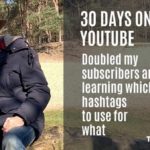
This is what happens when you read Chris Fox’s “Six Figure Author” and do the exercises. Or at least one of them.

I read lots of books. Lots of books have exercises.
Let’s do a little logic work:
- I read lots of books.
- Lots of books have exercises.
Statement 1 does not mean I do exercises in the lots of books I read. In fact, it could be inferred that I don’t do any exercises in any of the books I read. It could also be inferred that I do all of the exercises in the books I read.
But in fact, it says nothing about which exercises I do.
Now that we got that out of the way. (Sorry, I’m a math guy and sometimes can’t help trying to explain things with logic–or lack of it.)
I am reading Chris Fox’s “Six Figure Author.” In Chapter 5 (Finding Your Target Audience), the exercise at the end of the chapter involves analyzing your competition.
I did a variation of the exercise and posted my findings here: Best books for doing activities with your kids, creating family memories, and building relationships between parents and children.
What I learned about my next book is so valuable I’m not even sure I can explain it well enough. Wow.
Here are just a few tidbits of what I learned.
Book Descriptions
Reading the descriptions of “books similar to the book I’m working” on gave me insight into how I need to really get across quickly and clearly the purpose (and benefit) of my book. Here are a few examples from books I found:
” … step-by-step book offers 52 fun and creative art projects set into weekly lessons … ”
“You’ll learn how to set up an art space, how to talk to children about their artwork, how to choose the best art supplies (without breaking the bank).”
“What would it feel like to experience more ease, harmony, and flow in the midst of navigating homework squabbles, mealtimes, commutes, and the other challenges of everyday life?”
Very different approaches, but they each give a quick insight into what the book is about and what the reader can expect. Very helpful to me also in how I can differentiate my book versus these others.
Book Reviews
But the real magic came in looking through reviews from readers. I should add that most of the books I looked at had a ridiculously high number of 5-star reviews. Almost to the point that it couldn’t be accurate. But hey, maybe these books are just really that good. Reviewers tended to let us know how great the books were. Here is a spattering of review highlights I found.
After reading the book I felt encouraged as a parent in my effort to fill my own family’s life with art and creativity.
What the reader is feeling from the book is so important (encouraged).
I like that she is a busy mother like me.
The reader associated with the author (a busy mother). Reminder to let the readers know who you are and how you can relate to them.
I am not someone who does crafts for fun, so I felt a bit awkward about doing arts and crafts with my kid outside of the usual tray of watercolors and paintbrush or a pack of commercial playdoughs.
This reviewer is identifying herself and thus helps the author target this type of reader (not a crafty person). Reminder to make sure to identify the potential reader early on so it’s a good match.
After reading this book, I looked at my family with different eyes.
Wow. This book transformed the reader–or at least how she looked at her family. Awesome. Since I often write about personal transformation (and I believe it’s why I “have to” write some of the books I write), I can make sure to remind readers that there just might be a chance for some personal transformation in the book.
I hear time and time again their desire for mentorship and guidance around how to raise their families to a beat of a different drum than society is pounding.
This review reminds me that “beating to a different drum” is potentially an interesting angle. How is my book different? Does it go against the grain, the norm, what all of the other books are doing?
This instantly interested my (electronics obcessed) son who is extremely difficult to engage.
Sure, my target purchase audience is parents, but my book is about working together with your kids. In this review, the reviewer is identifying how that book even got through to her electronics obsessed son … and if any of us have kids between 10 and 20, we know all about that.
Full of hands on activities that are sure to spark creativity in your children, and provide the why behind the projects with the child development essays included between projects.
This book apparently got two birds with one stone. It sparked creativity in the kids (woo hoo!) while also giving the parents some of the background as to how it all works. Wow, a high bar to emulate, but great to hear.
My kids and I are having a great time picking out projects and creating. Highly recommend. No art background needed.
Love how this review reminds us of the target audience clearly. Reminder to make sure I let my audience know they don’t need a Ph.D. in literature.
One Exercise from One Chapter
All of this insight from one exercise in one of his chapters.
Imagine what might happen when I read the rest of the book.
And do the exercises.

This is what happens when you read Chris Fox’s “Six Figure Author” and do the exercises. Or at least one of them. That’s my head exploding. [Photo by Chris Barbalis on Unsplash]


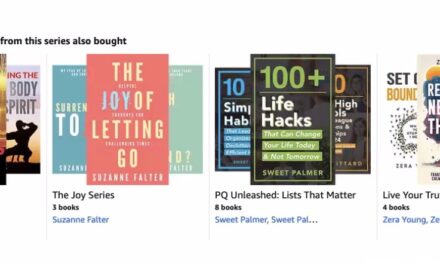










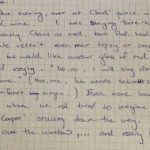
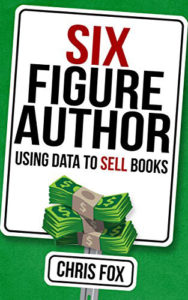








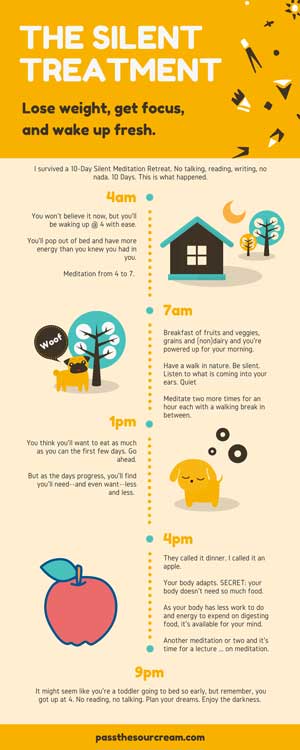

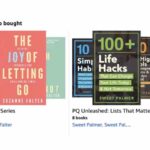




Trackbacks/Pingbacks